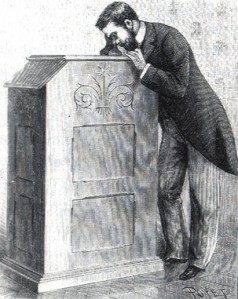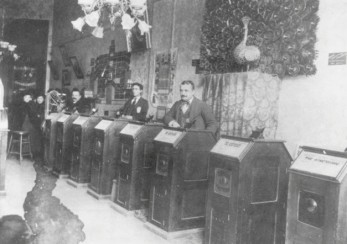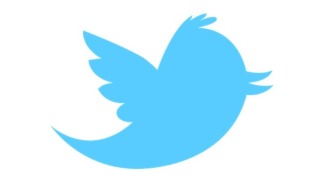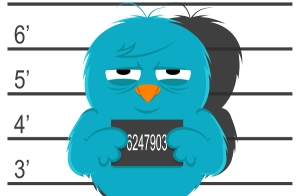- Although a lot of television programming is educational and entertaining, much of it is filled with violence, sex, and profanity. Consequently, many adult viewers and policy makers have pondered what effect all this extended television viewing may be having on the minds, bodies, and souls of society’s next generation. Is viewing television violence eroding children’s morals? Are children learning to be overly aggressive, in imitation of what they see on the television screen? Lets dig in and find out.
- Most kids plug into the world of television long before they enter school. According to the Kaiser Family Foundation (KFF):
- The first 2 years of life are considered a critical time for brain development. TV and other electronic media can get in the way of exploring, playing, and interacting with parents and others, which encourages learning and healthy physical and social development.
- As kids get older, too much screen time can interfere with activities such as being physically active, reading, doing homework, playing with friends, and spending time with family.
Violence is widespread across the television landscape
- If you were to turn on the television and pick a random channel, the odds are better than a 50/50 that the program you encounter will contain violent material.
Most violence on Television is presented in a manner that increases its risk of harmful effects on child- viewers
- According to the American Academy of Pediatrics website, children between the ages of 2 and 18 spend an average of three hours each day watching television
- Statistics read that some cartoons average twenty acts of violence in one hour, and that by the age of 18 children will have seen 16,000 simulated murders and 200,000 acts of violence on television.


Young people are especially in jeopardy of the negative effects of television violence because “many younger children cannot discriminate between what they see and what is real,”
What can I do about TV Violence ?
- Be alert to the shows your children see.
- Limit the use of television to no more than one or two quality hours per day
- Keep televisions and VCRs out of your children’s bedrooms
- Watch what your children are watching.
- Be especially careful of viewing just before bedtime.
REFERENCE
Children And TV Violence. (n.d.). Retrieved November 30, 2014, from http://www.aacap.org/AACAP/Families_and_Youth/Facts_for_Families/Facts_for_Families_Pages/Children_And_TV_Violence_13.aspx
Gross, D. (2013, August 15). Violence on TV and How It Can Affect Your Children. Retrieved November 30, 2014, from http://www.huffingtonpost.com/dr-gail-gross/violence-on-tv-children_b_3734764.html
(n.d.). Retrieved November 30, 2014, from http://www.cmu.edu/CSR/case_studies/tv_violence.html
Hanks, H. (2014, January 22). Is TV more violent than ever? Retrieved November 30 , 2014, from http://www.cnn.com/2014/01/20/showbiz/tv-violence/
















